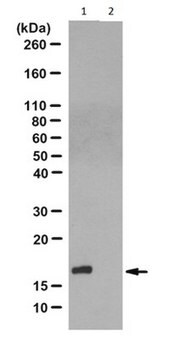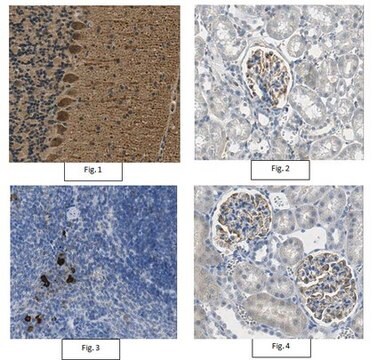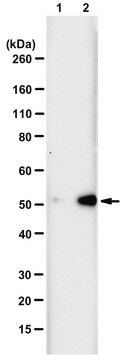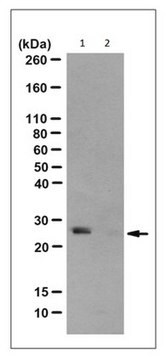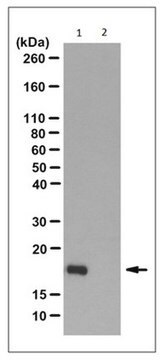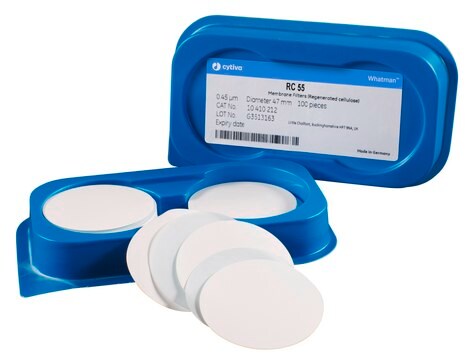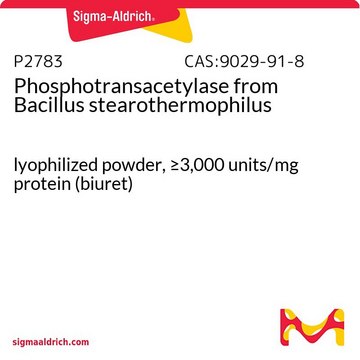MABS1352
Anti-N3-Phosphohistidine (3-pHis) Antibody, clone SC56-2
clone SC56-2, from rabbit
Synonym(s):
N3-Phosphohistidine
About This Item
WB
western blot: suitable
Recommended Products
biological source
rabbit
Quality Level
antibody form
purified antibody
antibody product type
primary antibodies
clone
SC56-2, monoclonal
species reactivity
human, E. coli
species reactivity (predicted by homology)
all
technique(s)
dot blot: suitable
western blot: suitable
isotype
IgG
shipped in
wet ice
target post-translational modification
phosphorylation (N3-pHis)
General description
Specificity
Application
Western Blotting Analysis: Clone SC56-2 hybridoma culture supernatant was employed for Western blotting analysis of heat-sensitive histidine N3-phosphorylation (3-pHis) of exogenously expressed human PGAM GST fusion protein in lysates from transformed E. coli (Fuhs, S.R., et al. (2015). Cell. 162(1):198-210).
Note: DO NOT HEAT SAMPLES prior to phosphohistidine detection. Histidine phosphorylation is heat and acid labile. To generate negative control for specificity test, an aliquot of sample can be heated at 95ºC for 10-15 minutes to reverse histidine phosphorylation. Alternatively, an aliquot of sample can be incubated under acidified pH at 37ºC for 15 minutes to reduce histidine phosphorylation. Acidify each 100 µL sample with 25 µL of 1 M HCl before the incubation, then neutralize with 25 µL of 1 M NaOH prior to phosphohistidine detection.
Quality
Western Blotting Analysis: 0.52 µg/mL of this antibody detected recombinant human phosphoglycerate mutase (PGAM) with N3-phosphohistidine (3-pHis) in a 5 µg aliquot of PGAM-catalyzed 2,3-diphosphoglycerate (2,3-DPG) degradation reaction.
Target description
Physical form
Other Notes
Not finding the right product?
Try our Product Selector Tool.
recommended
Storage Class Code
12 - Non Combustible Liquids
WGK
WGK 1
Flash Point(F)
Not applicable
Flash Point(C)
Not applicable
Certificates of Analysis (COA)
Search for Certificates of Analysis (COA) by entering the products Lot/Batch Number. Lot and Batch Numbers can be found on a product’s label following the words ‘Lot’ or ‘Batch’.
Already Own This Product?
Find documentation for the products that you have recently purchased in the Document Library.
Our team of scientists has experience in all areas of research including Life Science, Material Science, Chemical Synthesis, Chromatography, Analytical and many others.
Contact Technical Service